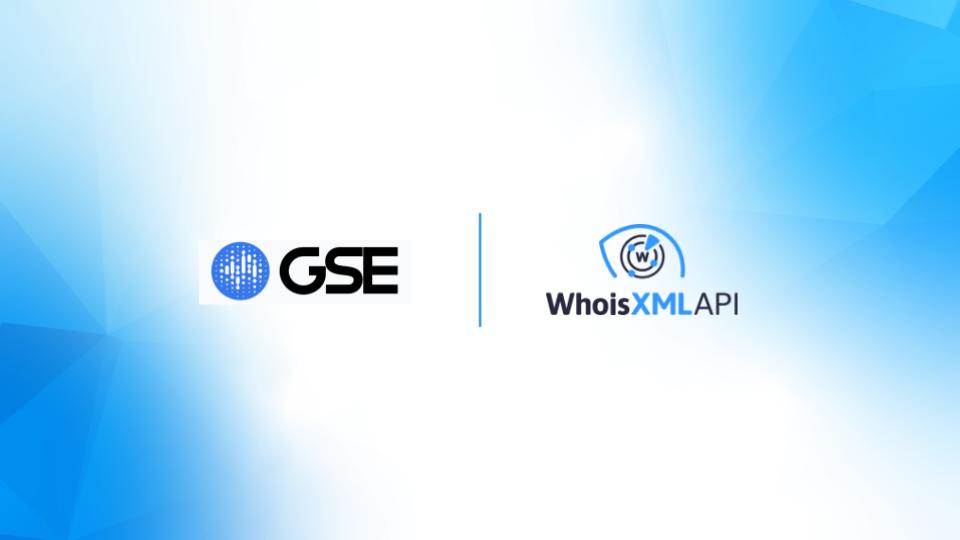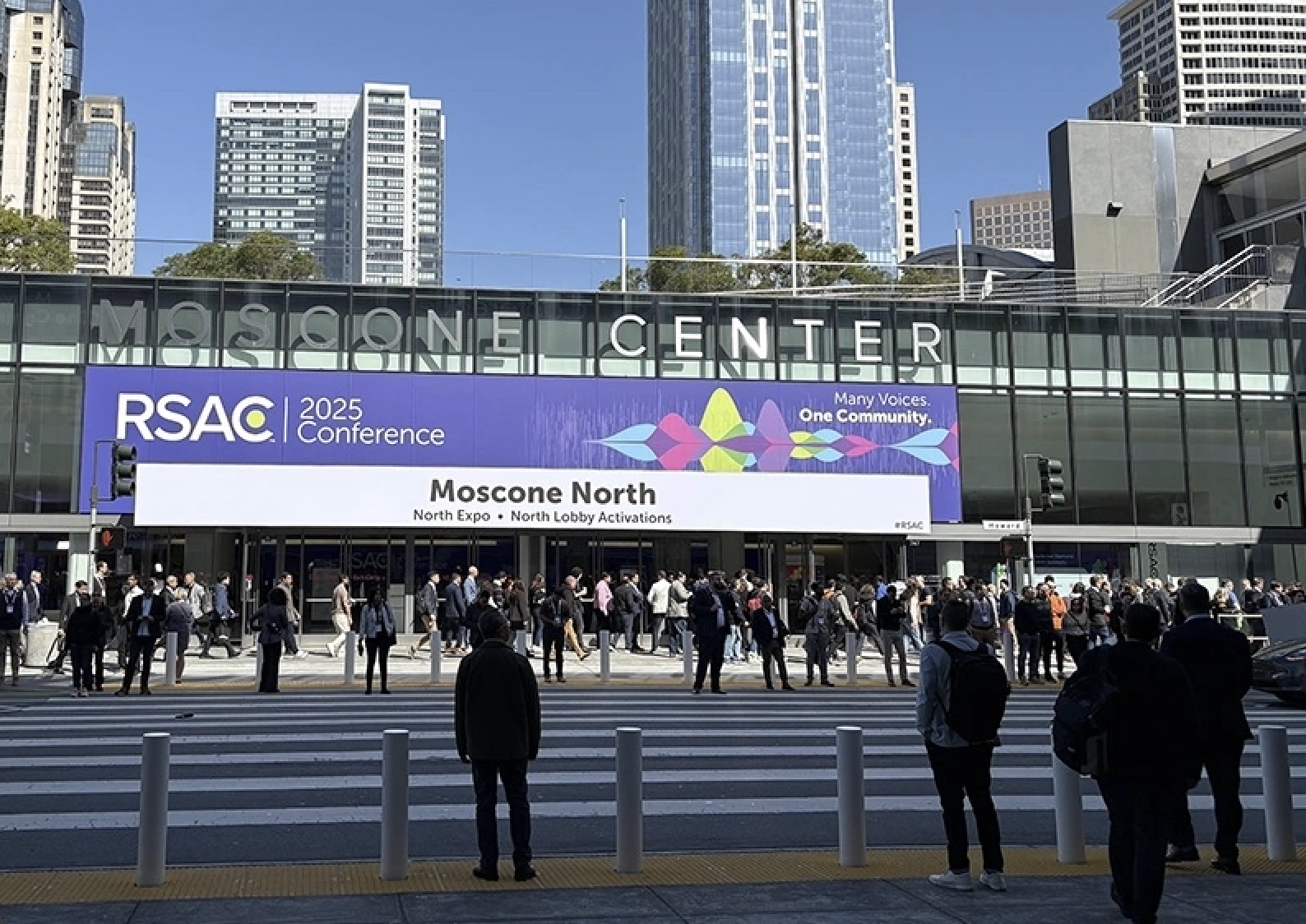WhoisXML API Participates in InfoSec 2025
Brendan O'Doherty, in charge of Intelligence Partnerships at WhoisXML API, recently attended Infosecurity Europe 2025 held at ExCeL London on 3–5 June. He joined more than 13,000 attendees united in the overarching theme of building a safer cyber world, which deeply resonated with WhoisXML API’s vision.
The event celebrated its 30th anniversary, bringing together cybersecurity leaders, solution providers, and technologists to discuss cyber strategies, the evolving threat landscape, and innovations in cyber defense. Below are some of the recurring themes and our key takeaways from the event.









































